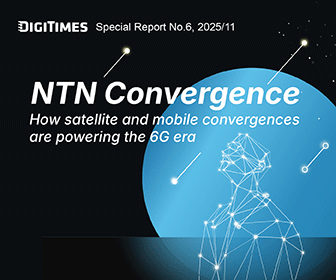On the eve of Computex 2024, Nvidia CEO Jensen Huang declared that the age of robots is upon us, spotlighting two sectors with immense potential: autonomous vehicles and smart factory robots.
He announced that Nvidia's systems would be featured in Mercedes-Benz vehicles by 2025 and in Jaguar Land Rover models by 2026. Huang also highlighted the burgeoning market for smart factory robots, which, thanks to advancements in sensing technology and foundational AI models, are set to evolve beyond the traditional four-axis and six-axis industrial robots to more sophisticated humanoid forms.
Huang emphasized that humanoid robots, with their human-like appearance, are poised to be the simplest to use. Their design allows for extensive data training, which will enhance their perceptual and operational capabilities in the future.
Industry experts concur, noting that humanoid robots, due to their similarity to humans, are better suited to adapt to existing environments. Many infrastructures, such as door handles and stairs, are designed ergonomically for humans. Therefore, designing robots from a human-centric perspective is the optimal approach for achieving comparable work capabilities.
Huang pointed out that while Taiwan has been a significant player in producing personal computers, smartphones, and data centers, the next wave of "computers" will be mobile, encompassing autonomous vehicles and robots. This shift presents Taiwan with a significant opportunity to maintain its pivotal role in the global supply chain.
Robots, according to Huang, will be the best carriers of AI. Echoing the sentiments of Tesla CEO Elon Musk on Embodied AI, Huang stressed that the new wave of AI will be physical, integrating into human environments and understanding physical laws. This evolution will make robots a common concept, transforming the future factory ecosystem.
Huang cited several Taiwanese companies leading this charge. Foxconn, for instance, is collaborating with Siemens in its smart factory in Mexico, utilizing Nvidia's Omniverse platform to train robots and create digital twin factories. This approach optimizes plant layouts and production line configurations, significantly reducing costs associated with physical deployments and modifications.
In addition to Foxconn, Huang mentioned Delta Electronics, Pegatron, and Wistron as other Taiwanese firms leveraging the Omniverse platform to develop digital twin factories.
A noteworthy inclusion is Giant, the only traditional industry player mentioned. Integrated by Kenmec, Giant is using the Omniverse platform to create smart warehouses. This initiative integrates various edge AI, robots, and software through SDKs and APIs, with support from ecosystem partners like Solomon, Coretronic, Gigabyte, and Neousys.




